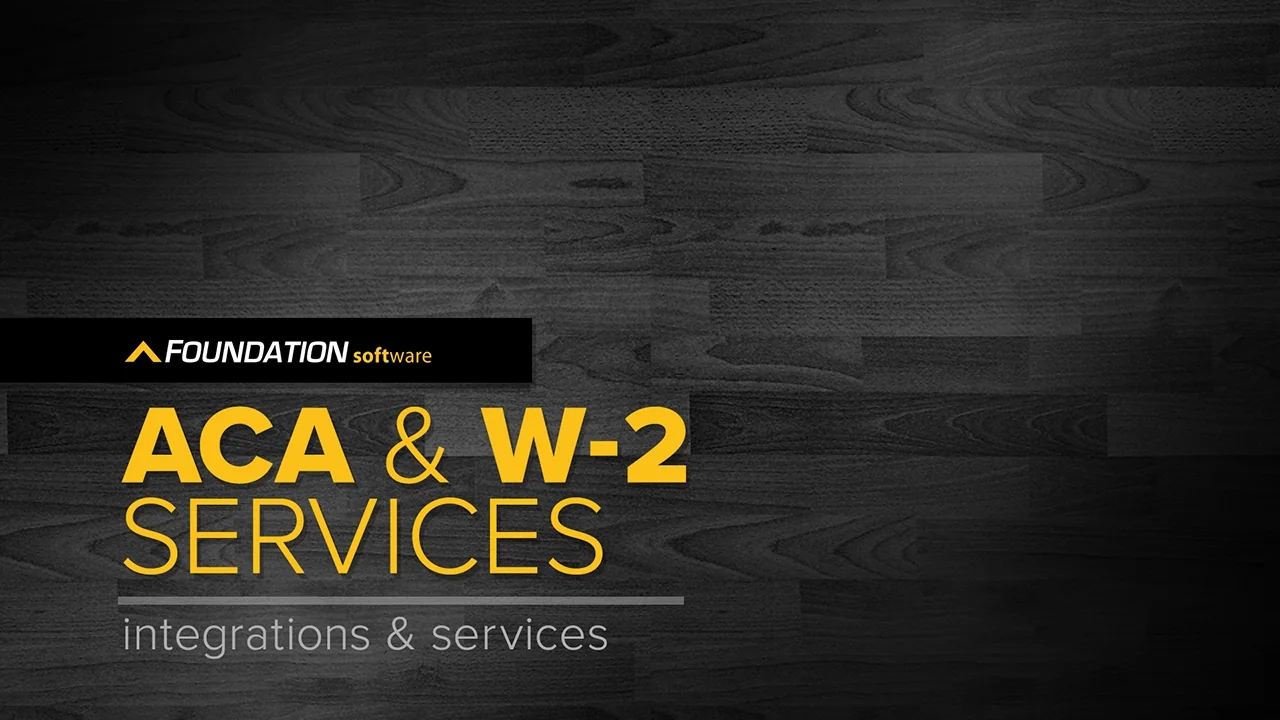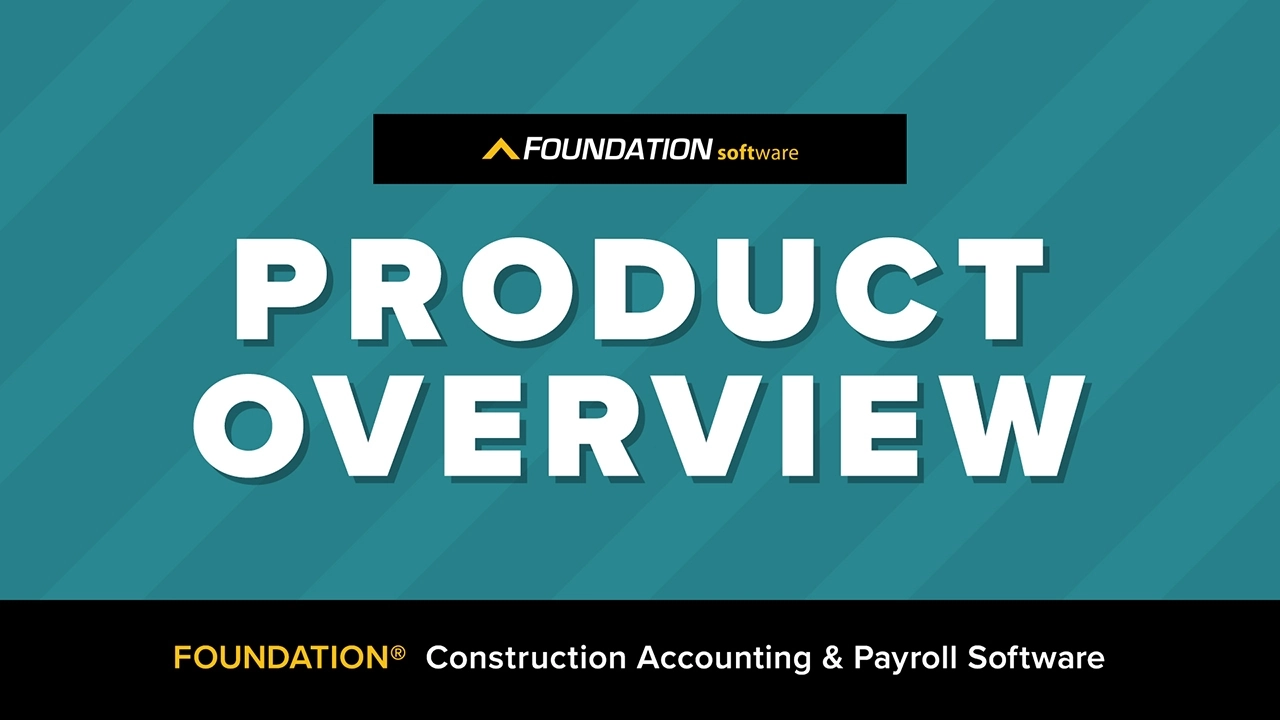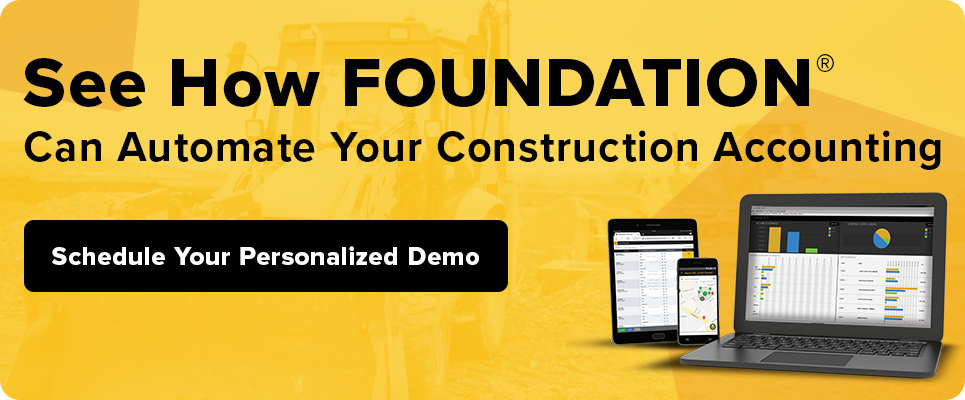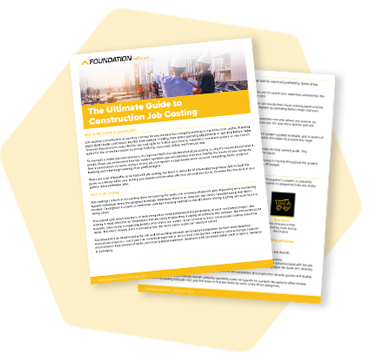
What Is a Capability Statement?
If you were applying for a new, competitive position without any inside connections, think about how you’d want to make an impression. A strong resume might not be enough; it needs to be eye-catching.
What about a cover letter?
Not if it sounds like 50 others. It has to “wow” them. The goal of a resume isn’t just to introduce you — it’s to stand out.
When it comes to your construction business, that’s the job of a capability statement.
A capability statement is a written document you as a contractor use to show customers and government agencies, at a glance, why they should be interested in your construction business.
Like a resume, it should show — and not just tell — (1) who you are and (2) what you can do for them.
Why Write a Capability Statement
Construction contractors might want to create a capability statement for several reasons. Many government agencies and prime contractors require a capability statement from contractors as part of the bidding process.
Contractors may use it to introduce their company to potential new business and to get the attention of purchasing officers.
A compelling capability statement is a critical element that will present a professional image and give an advantage over less-prepared competitors.
What to Include in Your Capability Statement
Generally, a construction capability statement for your small business should be around one to four pages, depending on stated requirements, and include:
- a concise introduction and profile of your construction company
- your contracting business’ core competencies
- specific areas of experience and expertise that relate to the project(s)
- any differentiators that set your company apart, including equipment and facilities
- major clients, references and completed projects
- profiles of your management and key personnel
- important contact information
That might seem like a lot of information to include in just a few pages — it is!
But it pays to be concise and to the point.
You can imagine that most customers won’t want to read 20 pages just to figure out whether you’re right for the job. Actually, they won’t like having to “figure it out” in a couple of poorly organized pages, either. They just want to be shown.
The goal is to make it easy for them to see how great you are.
It’s to your benefit if the information they want jumps right off the page. That happens if it’s presented clearly, completely, and in an organized fashion.
How to Write a Construction Capability Statement
1. Know Your Audience — And What They Want to Know
Like a resume once again, a single capability statement won’t fit every occasion.
Construction contractors should consider preparing a basic capability statement they can then tailor to specific projects and requirements. Know what your audience for this particular submission will want to see.
Starting from your company’s template, select the project histories, customer references, etc., that will be most relevant. And consider cutting what won’t be!
2. Set up Your Capability Statement Template
Whether you’re building a template from scratch or tailoring your generic capability statement, you can begin by putting in the section headlines for the information you know you should include.
Then, as you fill sections in, these headlines can keep you organized and remind you not to try fitting everything into one section.
One contractor’s sections could look something like this, just to identify a handful:
| Company Summary | Introduce yourself, being mindful of what will matter to your audience. Give a short, high-altitude overview of your company is and what you’re about. |
|---|---|
| Core Competencies | Your business can probably do a lot very well, but what’s really in your wheelhouse that’s relevant for this customer or agency? What would you include in your elevator pitch to win this job? |
| Differentiators | Identify what might set you ahead of another company with the same core competencies and a similar project history. What makes you, your crew and your business uniquely qualified? |
| NAICS Codes | If space allows, consider including NAICS code descriptions. |
| Certifications | List any important business classifications (HUBZone, SDVOSB, MOB, etc.) and licenses. |
Finally, make sure to place a clear title at the top, using these precise words nice and big: “Capability Statement.”
3. Complete Your Capability Statement Template
As you fill out sections in your capability statement, think about how the information might be most clearly presented. Your overview paragraph should be in complete sentences, but a section on NAICS codes should be a bulleted list.
What about your core competencies?
Well, that could go either way. A well-crafted couple of sentences could go a long way to sell your expertise in a narrow field, but bullet points can communicate a long list of areas more easily to potential customers.
Always think about the reader.
4. Make It Stand out Visually to Help You Stand out Professionally
Substance matters more than style, but big blocks of black Arial text can make a powerful capability statement boring to read.
You don’t have to be a graphic designer, and it doesn’t have to be beautiful. But you can give it a little edge by making it visually appealing.
Applying a bit of design, a little color, some spacing, and even some high-quality site photos can go a long way.
Watch that you don’t go overboard either. If it becomes too “busy” with colors, fonts and graphics, it can distract from the substance. We all know someone who has “a good eye,” and it doesn’t hurt to ask them just to look at it and let you know whether you’re hitting the right balance.
5. Save Your Capability Statement as a PDF
While you should keep a Word document for easy updating, save a copy of your capability statement as a PDF.
This will go a long way toward preventing display issues. You might not know what word processor your recipient uses or what fonts they use. That’s why .pdf file formats are designed to be universal.
After you save your file as a PDF, it’s also a good idea to email a test document to a couple of close contacts. They can then ensure it opens and looks the way you want on different computers or devices before submitting.
Getting Started Writing A Capability Statement
Capability statement writing might sound intimidating, but the hardest part might be simply getting started.
The best way to get your capability statement going is to begin putting something on paper. Make a first draft, and give yourself only one rule: No perfect first drafts allowed! Then, you can go back over it, put another set of eyes on it, and determine what needs to be added, removed, or cleaned up.
Over time, you can watch your capability statement develop with more A+ client references, more robust core competencies, and stronger differentiators — but all of it starts somewhere. Why not now?
Share Article
Keep on current news in the construction industry. Subscribe to free eNews!
Our Top 3 YouTube Videos
Learn about our software more in depth with product overviews, demos, and much more!

Our ACA reporting & e-filing services include official 1094-C and 1095-C IRS reporting, optional e-filing (no applying for a TCC code required), mailing to your employees and experienced support to help you.

There are plenty of reasons to make FOUNDATION your choice for job cost accounting and construction management software — just ask our clients!

From job cost accounting software, to construction-specific payroll. Get an overview on your next all-in-one back-office solution.





